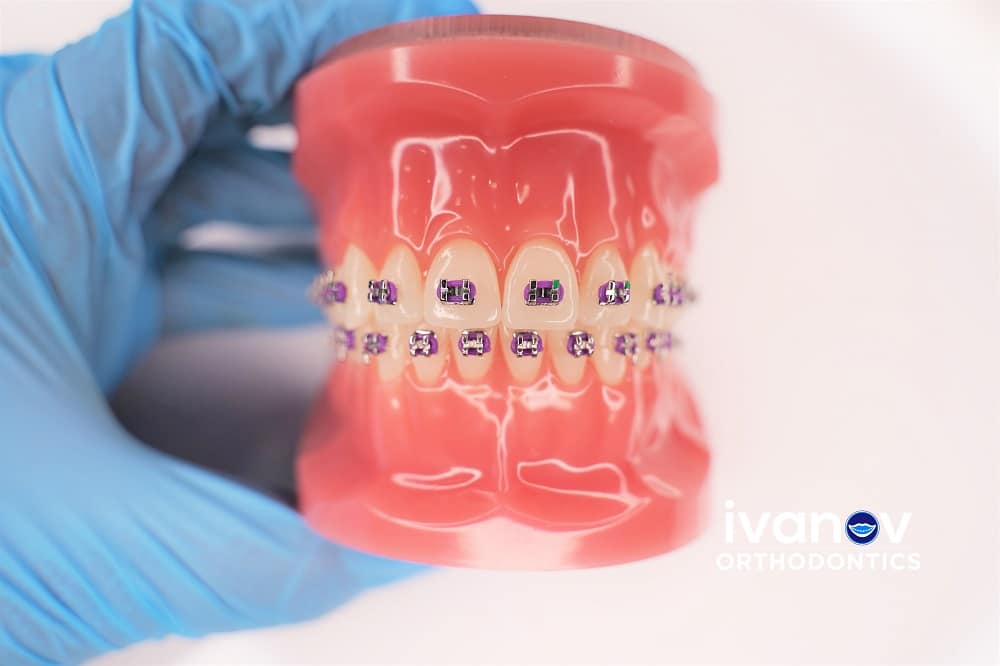Advantages of Synthetic Tennis Court Surfaces: Performance and Durability
Tennis is a thrilling and entertaining sport, and the court surface you play on can have a significant impact on your performance. Tennis courts can be constructed using synthetic materials or natural resources like clay or grass. The performance and durability of synthetic sports surfaces will be highlighted in this article’s discussion of their benefits.
Benefits of Synthetic Tennis Court Surfaces
Consistency
One of the big advantages of synthetic tennis court surfaces is consistency. Synthetic courts, typically made of materials like acrylic or rubber, provide a uniform playing surface. Natural surfaces like grass or clay can change over time due to weather conditions and player wear. Synthetic surfaces stay consistent, allowing players to predict how the ball will bounce and move with greater accuracy.
All-Weather Play
Synthetic tennis courts are designed to withstand different weather conditions. They drain rainwater quickly and dry faster than clay courts, making them suitable for play shortly after the rain stops. This means you can play tennis more often, even in places with unpredictable weather.
Lower Maintenance
A clay or natural grass court can be very time- and money-consuming to maintain. Clay courts require routine watering and rolling, and grass requires constant mowing and maintenance. Artificial courts require less upkeep. There are no watering, mowing, or rolling concerns. Usually, all that is needed is routine maintenance and rare repairs.
Durability
Various sport court construction companies use synthetic materials for making durable tennis court surfaces. They can withstand a lot of damage without incurring any serious consequences. For tennis clubs and athletes, your tennis court is a wise investment because it will last for many years.
Player-Friendly
The bodies of players are similar to synthetic surfaces. They offer some stress absorption and cushioning, which helps lessen the chance of injury, particularly to the joints. Players who participate in lengthy and intense bouts should pay special attention to this.
Speed Customization
There are customization possibilities for synthetic surfaces. By selecting various materials and infill options, you can alter the court’s speed. While slower courts foster longer rallies, faster courts encourage aggressive play. You can modify the court to suit your playing style because of its adaptability.
Long Playing Season
With synthetic tennis courts, you can extend your playing season. These surfaces are more resilient to cold weather than clay, which can become unplayable in the winter. Synthetic courts, on the other hand, can often be used year-round, allowing you to enjoy tennis in any season.
Conclusion
Synthetic tennis court surfaces provide several advantages, including consistency, all-weather play, lower maintenance, durability, player-friendly features, speed customization, and a longer playing season. These benefits make synthetic courts a popular choice for tennis enthusiasts and professionals alike. If you are looking for a reliable and cost-effective tennis court option that offers consistent performance and stands the test of time, synthetic surfaces are a great choice. So, grab your racket and enjoy the game on a durable and player-friendly synthetic tennis court.














